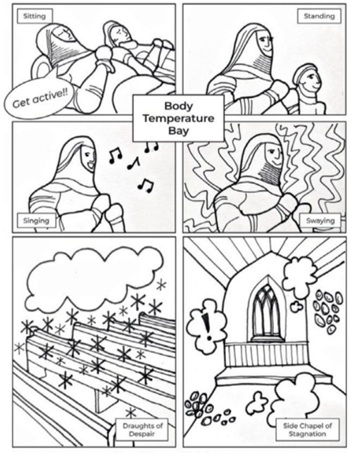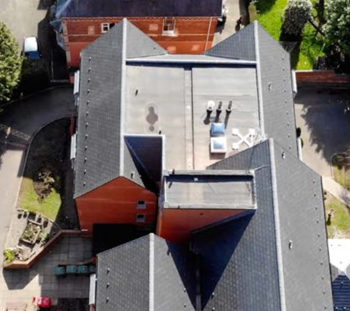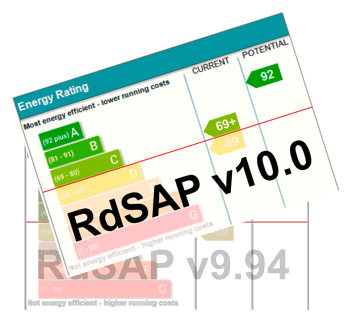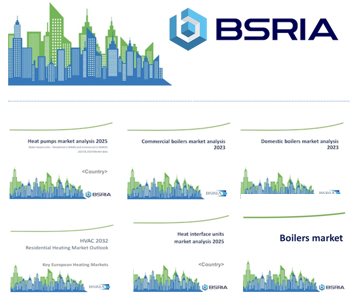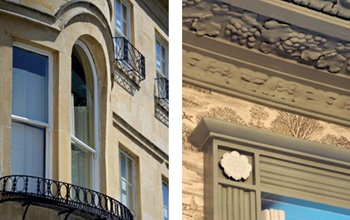Form follows function
‘Form follows function’ is a principle that proposes a building’s purpose should be the starting point for its design rather than its aesthetics. As an axiom, it is associated with modernist architects in the early-20th century, and can be termed 'functionalism'.
The phrase (which was actually 'form ever follows function'), was first coined by the American architect Louis Sullivan who helped develop the first steel skyscrapers in late-19th century Chicago. This period was a transformative one for architecture, as the new technologies and construction methods that developed during the Industrial Age meant that old and established styles could be adapted or replaced.
The principle suggested that, rather than buildings being designed in accordance with past precedents or stylistic trends, the purpose of the building would determine its form. The axiom became a touchstone for modernist architects such as Frank Lloyd Wright (who was an apprentice of Sullivan), who held that ‘form and function are one’, and rendered decorative elements as ‘ornamental’ and ‘superfluous’.
Many high-profile contemporary architects, such as Renzo Piano and Zaha Hadid, and designers of post-modern, high-tech buildings, have been criticised for their overt focus on form as opposed to practicality and functionality.
[edit] Related articles on Designing Buildings Wiki
- Aesthetics and architecture.
- Aesthetics and performance.
- Architectural styles.
- Bauhaus.
- Building design.
- Chicago school of architecture.
- Commercial style.
- Concept architectural design.
- Context.
- Contextualism.
- Design principles.
- Empirical design.
- Primary function.
- Function.
- Genius loci.
- International Style.
- Minimalist architecture.
- Modernist architecture.
- Monument and context.
- Open plan and cellular.
- Perspective.
- Postmodern architecture.
- Psychogeography.
- The history of fabric structures.
- Truth to materials.
- Zeitgeist.
Featured articles and news
Professional practical experience for Architects in training
The long process to transform the nature of education and professional practical experience in the Architecture profession following recent reports.
A people-first approach to retrofit
Moving away from the destructive paradigm of fabric-first.
International Electrician Day, 10 June 2025
Celebrating the role of electrical engineers from André-Marie Amperè, today and for the future.
New guide for clients launched at Houses of Parliament
'There has never been a more important time for clients to step up and ...ask the right questions'
The impact of recycled slate tiles
Innovation across the decades.
EPC changes for existing buildings
Changes and their context as the new RdSAP methodology comes into use from 15 June.
Skills England publishes Sector skills needs assessments
Priority areas relating to the built environment highlighted and described in brief.
BSRIA HVAC Market Watch - May 2025 Edition
Heat Pump Market Outlook: Policy, Performance & Refrigerant Trends for 2025–2028.
Committing to EDI in construction with CIOB
Built Environment professional bodies deepen commitment to EDI with two new signatories: CIAT and CICES.
Government Grenfell progress report at a glance
Line by line recomendation overview, with links to more details.
An engaging and lively review of his professional life.
Sustainable heating for listed buildings
A problem that needs to be approached intelligently.
50th Golden anniversary ECA Edmundson apprentice award
Deadline for entries has been extended to Friday 27 June, so don't miss out!
CIAT at the London Festival of Architecture
Designing for Everyone: Breaking Barriers in Inclusive Architecture.
Mixed reactions to apprenticeship and skills reform 2025
A 'welcome shift' for some and a 'backwards step' for others.








